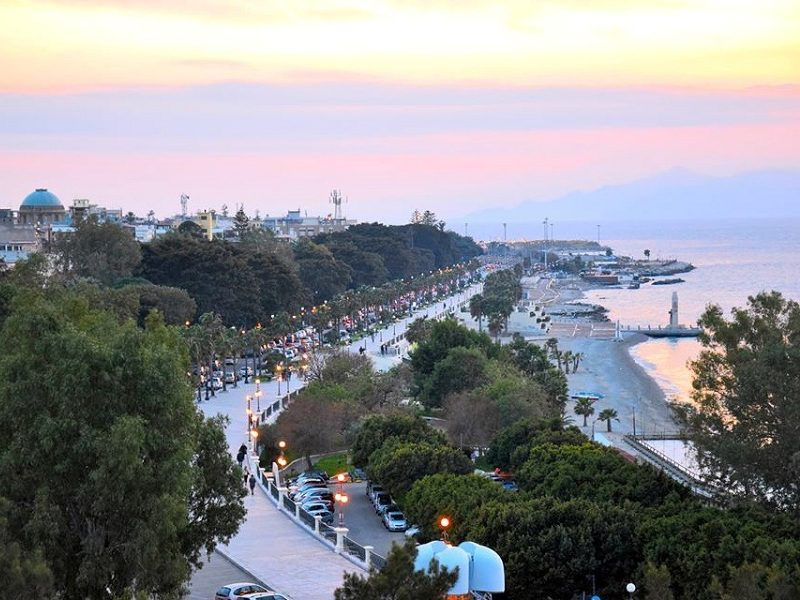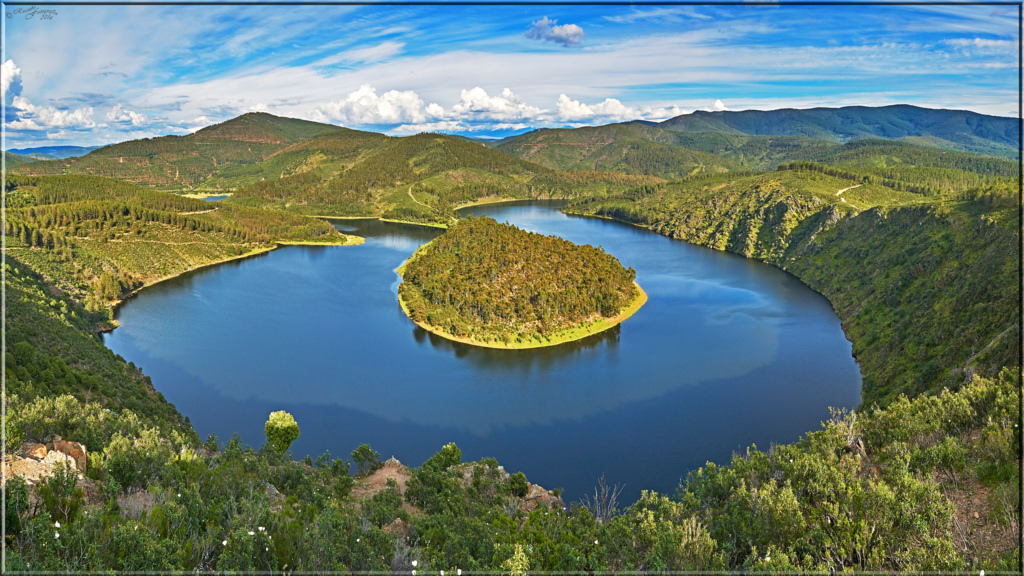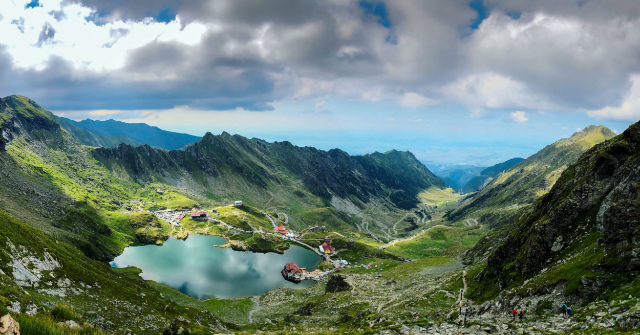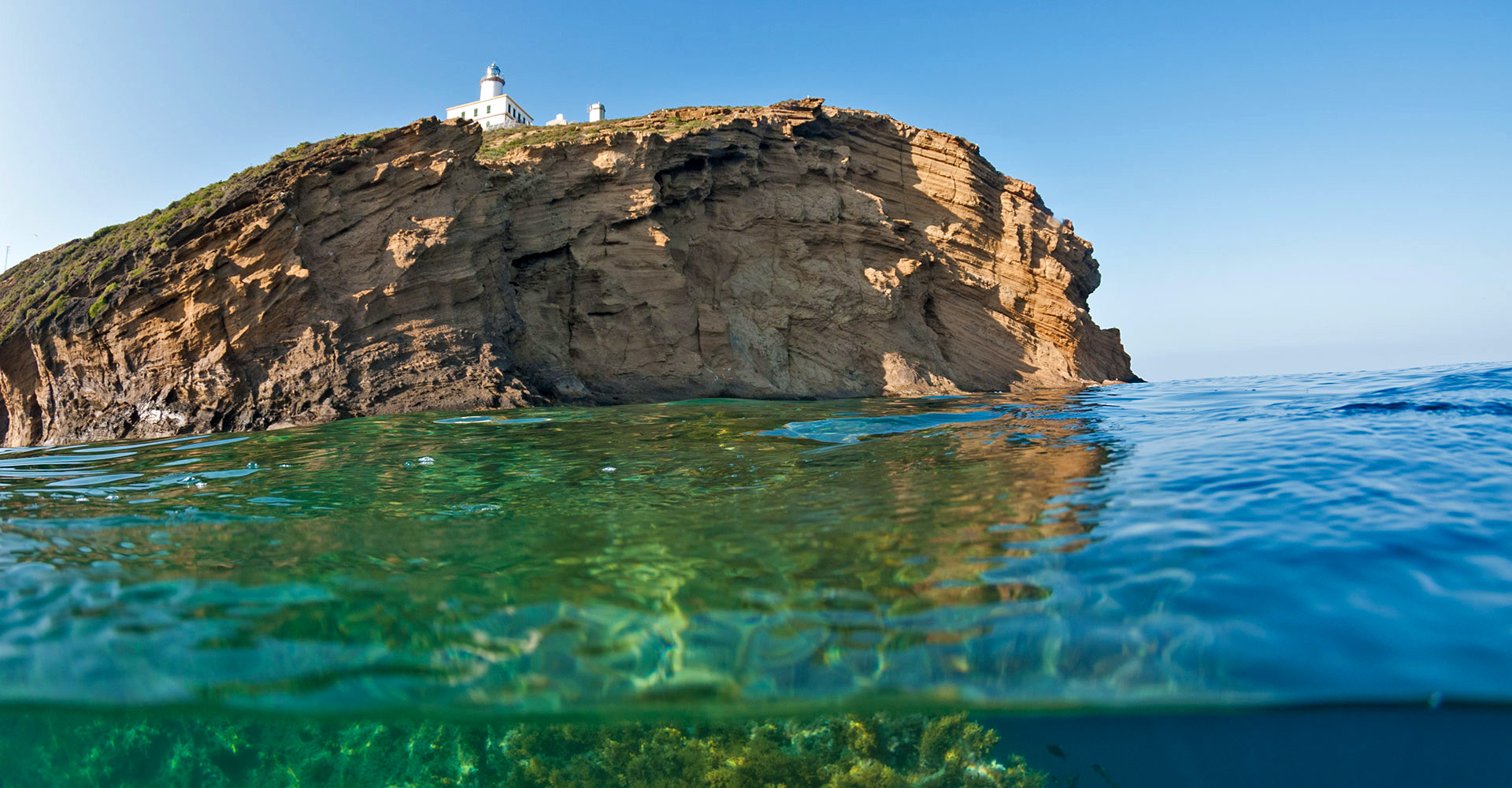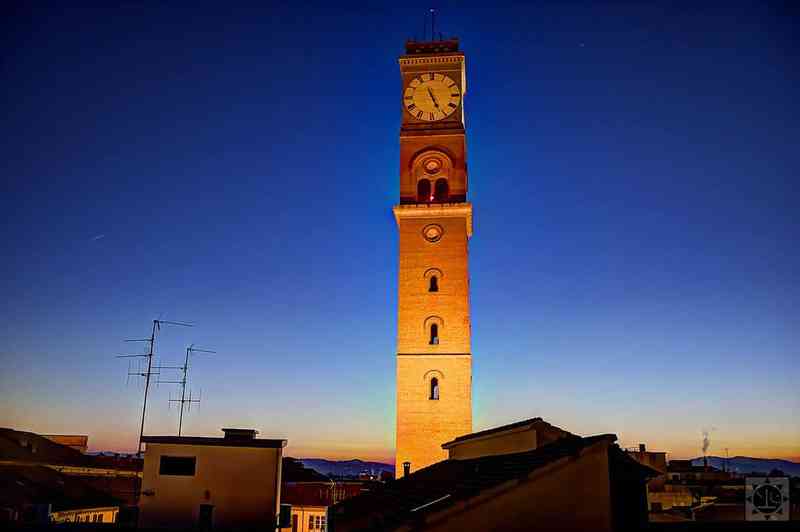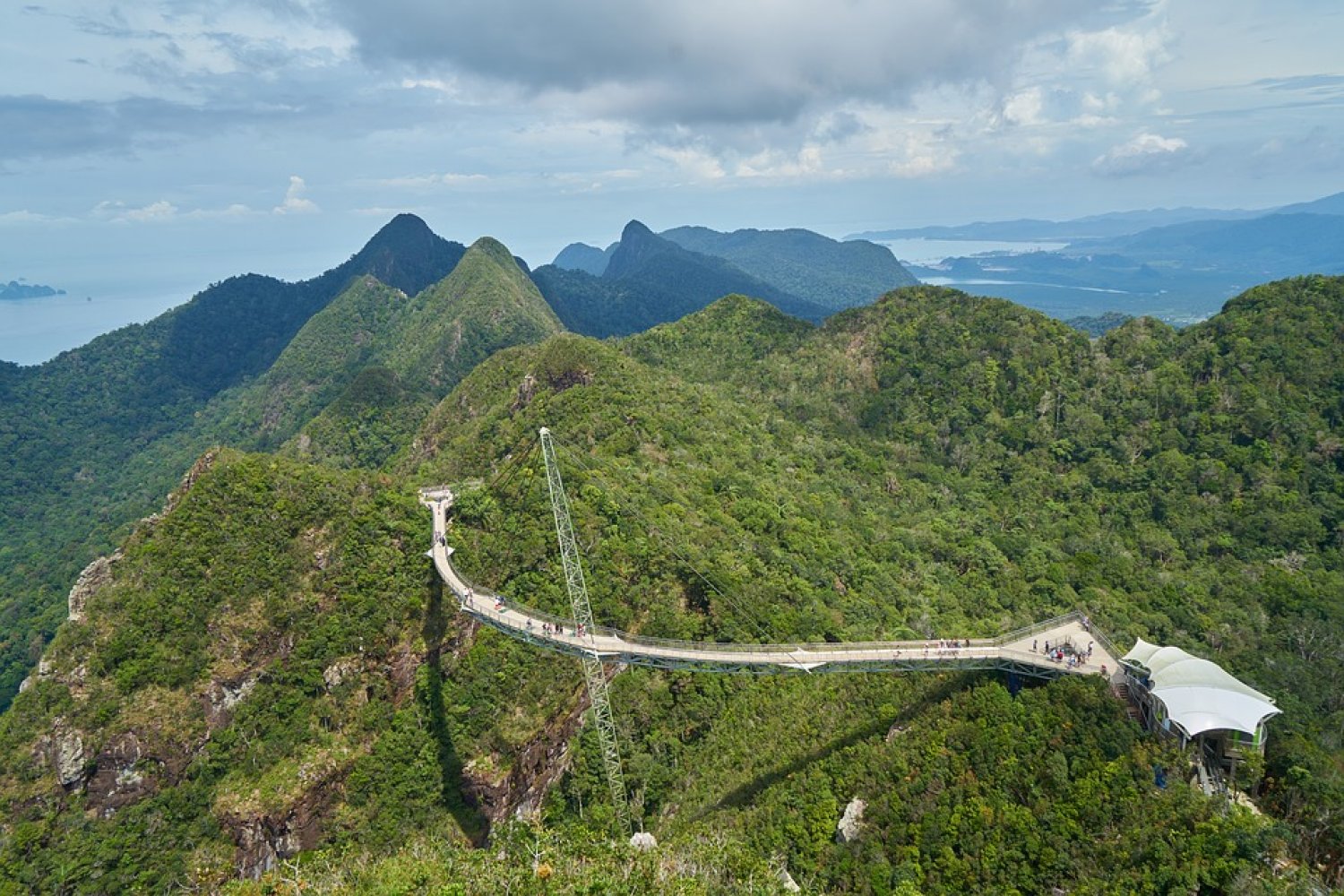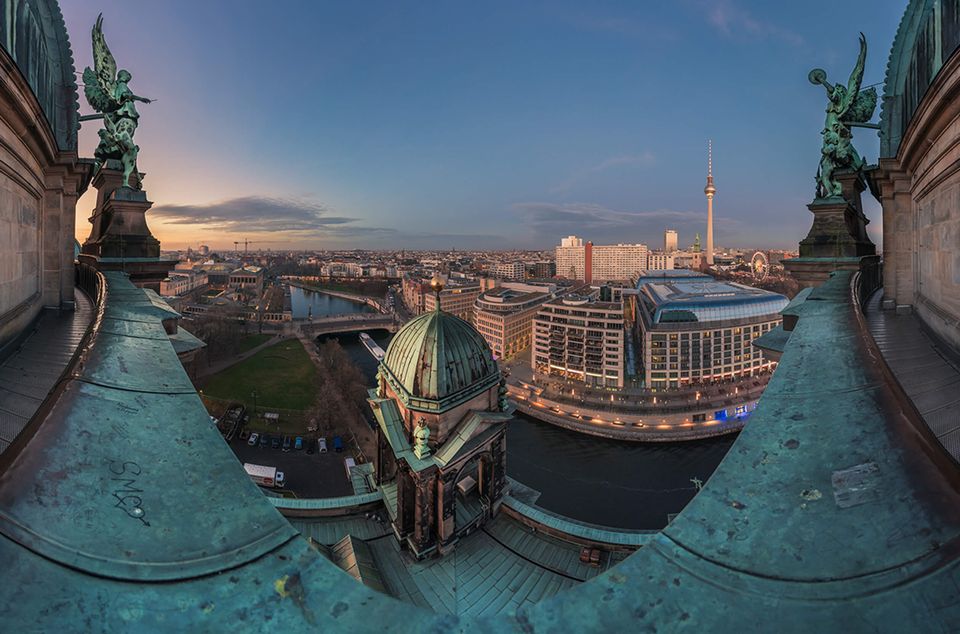Magical, romantic, overlooking a unique position in the Mediterranean, the promenade of Reggio Calabria è the natural extension of the historic center of the city è and è the essential step for Reggio and all lovers of the charm of the sea.
Defined as the most beautiful kilometer in Italy (actually 1.7 kilometers long), it is one of the focal points of Reggio’s soul.
The avenue is adorned with Art Nouveau buildings (many dating back to the last reconstruction of the city) among which are Palazzo Zani, Palazzo Spinelli and Villa Genoese Zerbi. It is also enriched by elements that indirectly trace the history of the city, such as numerous commemorative monuments, a monumental fountain and some archaeological sites as evidence of the greek-roman era: parts of the city walls of the Greek city and a Roman baths.
Between the sea and the promenade with the parapet and the liberty street lamps, rises the arena of the Strait, a theater in typical greek style that hosts cultural events and entertainment especially in the summer months; on the pier of Porto Salvo in front of the arena stands the monument to Vittorio Emanuele III, who landed here and touched the Italian soil for the first time as a king on July 31, 1900.
The promenade of Reggio is often called “the mostù beautiful kilometer of’Italy”, perhaps because of the mirage of Fata Morgana, interesting optical phenomenon visible only from the Calabrian coast, from which originates the myth by effect of which è possible to see close-up images of Sicily reflected and from the sea. The sentence è often attributed to Gabriele D’Annunzio, but the’attribution seems erroneous. According to historian Agazio Trombetta the quote è false: D’Annunzio was never in Reggio and in the Library Dannunziana there is nothing on Reggio Calabria. It seems instead that during the radio broadcast of the Tour of Italy 1957 from Reggio, Nando Martellini citò this sentence attributing it to D’Annunzio, soì as he had been reported by some citizens of Reggio particularly enthusiastic.
